Rest Assured: Finding Your Ideal Sleep Pillow for Quality Zzz's
Regular quality sleep is vital for good health, but getting it is challenging in today’s hectic world. You increase your risk of issues like heart disease, dementia, and obesity if you don’t get enough rest.
It’s not how many hours you slumber. Getting uninterrupted, rejuvenating sleep and keeping to a consistent schedule is also critical.
A perfect pillow for sleep is super important to get quality rest. It’s comfy and keeps your spine aligned, preventing head and neck stiffness and pain.
There’s more to picking the ideal pillow than going out and buying the first one you see. It’s about how you like to sleep, comfort, and special needs.
Learn to choose one that helps you slumber better to boost your energy and enhance your health. Discover why you may need a small sleep pillow. Let’s dive in.
Understanding your sleep needs
How much sleep is enough? The CDC recommends at least seven hours of sleep per night for adults aged 18–60. About a quarter of this time should be deep sleep.
The importance of choosing the right pillow
A deep and restful slumber is vital for mental, physical, and emotional well-being. Waking up frequently to fluff your pillow or adjust your posture disrupts sleep. You’re also likely to wake up with head and neck pain.
Here’s how the right pillow for sleep eliminates those issues, helping you sleep like a baby.
Aligns your neck and spine
Your head and neck needs proper support to avoid spinal misalignment. The condition can cause headaches, muscle strain, and chronic back pain.
The right pillow keeps your head and neck in a comfortable position. It also supports the natural curve of your spine, reducing pain or discomfort.
Prevents pressure points
Pressure points can cause discomfort or numbness when you sleep. A good pillow for sleep distributes your head and neck weight, resulting in a comfy slumber.
Reduces sleep-related issues
Sleeping on the right pillow helps reduce snoring and sleep apnea symptoms.
Improves your sleep experience
A comfy pillow makes falling asleep easy. Having a restful night is encouraging if you usually have difficulty sleeping.
Factors influencing pillow choice
There are critical factors to consider when picking the perfect pillow. Body type, sleep posture, and personal preference matter.
Your body type
The pillow should fit your body’s natural contours to provide support. Comfort is also a must. Choose a firmer pillow to align your spine if you have broad shoulders. A softer one would suit you better if you’re small-sized.
When picking a small sleep pillow, ensure there’s less loft for a comfortable posture. Some pillows allow you to adjust the height and softness the way you like it.
How you sleep
Your posture also plays a role in pillow selection. Choose a thick pillow that supports your head and neck if you sleep on your side.
A medium-loft pillow suits back sleepers. It provides support and maintains spinal alignment. Stomach sleepers should use a flat, soft-cushioned pillow. It keeps their spine in a neutral position.
What makes you comfy
Another essential criteria besides support and spine form is comfort. You may like the feel of down pillows or the support of memory foam. A small sleep pillow might be more comfy for you. Choose those with hypoallergenic material if you have allergies or sensitive skin.
Exploring pillow types
The material in pillows is critical as it influences the support and comfort you enjoy. Three popular types are memory foam, down and feather, and microbeads.
Memory Foam Marvels
Memory foam pillows use polyurethane. Their shape alters when you exert weight on it. They regain their original form when you release the pressure. This feature allows the pillows to mold to your body and offers proper head and neck support.
The pillows’ contouring structure helps minimize pressure points and ease discomfort. Memory foam also fits your spine’s natural curve, promoting proper spinal alignment. You’ll experience less back and neck pain.
Memory foam pillows are ideal for side sleepers who benefit from the support. They also reduce the strain on the neck and shoulders. Pick one that has medium firmness if you sleep in that position.
Back sleepers also benefit from contour-shaped memory foam pillows. They support the neck and head while allowing the spine to maintain its natural form.
People who sleep on their stomach may experience neck strain if the pillow is too firm or thick. Besides being uncomfortable, it may hamper breathing when you’re in that position.
Memory foam pillows are excellent for couples, as there’s minimal motion during sleep. You won’t disturb your partner when moving.
Most of these pillows are hypoallergenic. They prevent dust mites and allergens, making them perfect for people with allergies.
You have several choices when it comes to memory foam pillows. They come in designs that suit different sleeping types.
Contour pillows: These types have a curved shape that fits your neck’s natural curve. The pillows benefit side sleepers and those with neck pain.
Shredded memory foam pillows: The pillows have shredded memory foam filling for people who want adjustable firmness. You can customize them to suit your sleeping posture.
Combo pillows: Their contour and shredded features offer you the best of both types in one pillow.
Note that some memory foam pillows retain heat and get warmer when you sleep. This sensation may cause discomfort if you’re a hot sleeper. There are cooling types, using materials that dissipate heat. Some pillows have gel or bamboo, which produces a cooler effect.
Some pillows may smell due to volatile organic compounds (VOCs). The chemicals release an unpleasant smell when the pillow is new.
People who are sensitive to such chemicals may have allergic reactions. The smell goes off after a few days in an airy area, but it's better to look for pillows without VOCs.
Feathered Friends: Down and Feather Pillows
Down and feather pillows are for sleepers looking for luxurious comfort. While both options offer plushness and durability, there are some differences.
The former uses the soft layer below ducks and geese feathers. The natural round clusters give down pillows the fluffy and comfy feel.
The latter contains the back and wing feathers of the waterfowl. They’re flatter and have stiff quills. Feather pillows use a thicker fabric than down to prevent the quills from poking through. Down is more comfortable as it doesn’t have pointed quills that may stick out.
Although it’s warm, down regulates heat better than foam-based material. The pillows mold to fit the your neck and head contour. They also maintain their shape better than feather pillows. This benefit suits sleepers who move around a lot during the night.
People who sleep on the side may do well with feather pillows as they mold easily to fit under the neck. Fluff these pillows more often to maintain their loft.
Sleepers on a tight budget usually choose feather pillows as they’re more affordable. There are down and feather pillows, offering you the best of both worlds.
You get a pillow for sleep that’s soft and supportive. The feathers provide structure to complement down’s plushness. The mix affects support and comfort, so choose one that fits how you like to sleep.
Consider down alternative pillows, which use synthetic materials to mimic down’s plushness. The pillows do not give you as much insulation and warmth as down.
This type of material is usually hypoallergenic, benefiting people allergic to down. Use pillow cases that prevent allergens for added protection.
Fill power indicates down quality and fluffiness. Choose a medium to high level if you prefer a small sleep pillow. Larger and more bouncy clusters offer enough support in a compact pillow.
Microbeads and other alternatives
Microbeads are an excellent alternative to down, feathers, or memory foam. These tiny polystyrene beads mold according to your head and neck. You get a comfy pillow that also provides the support you need.
The material is soft and alters the pillow shape as you move. It also allows airflow to reduce heat, making it perfect for hot sleepers.
Microbead pillows are very light, ideal for travel and easy to move around. They’re also compact for people who prefer a small sleep pillow. The material is hypoallergenic and wards off dust mites, a good option, if you have allergies.
There are some setbacks when using microbead pillows. They’re not as durable as those with other fillings. The beads may break down, reducing support and comfort.
The pillows are hard to clean as you can’t put them in the washing machine. The beads might also clump during the process, affecting how the pillows feel.
Tailoring your pillow to your sleep style
There’s no one-size-fits-all solution when shopping for a pillow for sleep. Every individual is unique in how they sleep. Knowing your sleep style helps narrow down your options.
Back, side, or stomach: Pillow solutions for every sleeper
Do you sleep on your side, back, or stomach? How you lie in bed can determine your sleep quality and impact your health. A poor sleeping posture can cause aches and pains. A proper pillow can solve the problem and help you enjoy a restful slumber.
Which of the many available products should you pick? Use the following guide to find the best support and comfort pillow.
Back sleepers
Sleeping on your back can help spinal alignment. Make sure you have a mattress and pillow that provide enough support. As your face doesn’t press against the pillow while you sleep, there’s a lower risk of lines and wrinkles.
Back sleepers find it comfortable because there’s no weight on their joints. Beware that sleeping on your back can cause snoring. Sleep apnea is a potentially more severe risk, as your tongue and jaw can fall down and block your airway.
The ideal pillow should be firm and have a higher loft to support your spine. One with a contoured design will comfortably cradle your head and neck.
Stomach sleepers
Sleeping on your stomach reduces snoring and keeps your airway open. The problem is that it increases the risk of neck, back, and shoulder pain. You’re likely to wake up with a sore body.
Use soft pillows with a low loft to maintain a neutral spine position and reduce neck strain. Choose a thin down or feather pillow. Many stomach sleepers don’t use a pillow to avoid elevating their head.
Side sleepers
Many consider sleeping on the side better than on your back and stomach. It reduces snoring and prevents the airway from collapsing.
Lying on the left is best as it promotes circulation and reduces the pressure on the internal organs. Pregnant women should sleep on the side, especially during the last trimester. Place a small pillow between your knees to prevent hip strain.
Side sleepers should look for a firm pillow with a medium to high loft to keep your head, neck, and spine aligned. It should have enough filling to support the space between your head and shoulders. Memory foam, gel, or latex provide excellent support and comfort.
Pick pillows that allow you to adjust the loft to suit your sleeping position. They usually have removable fillings to change the thickness.
Combination sleepers
Combination sleepers may vary their position, but they have a dominant posture. Find out what yours is and pick the pillow that provides the best support and comfort.
Finding the perfect loft and firmness
Restful sleep without waking up in pain is achievable with the proper pillow. A critical criteria your pillow must meet is loft, its height or thickness.
How high it is affects the support it provides. You can reduce neck, shoulder, and back pain, if your spine is in the proper position when you sleep.
Loft falls into three height categories:
- Low loft: Up to three inches thick.
- Medium loft: 3–5 inches.
- High loft: Five inches and more
A low loft pillow is ideal for stomach sleepers, as it doesn’t elevate the head too much. The pillow is also soft, giving you a cushioned feel.
Consider one with a height of about four and five inches if you sleep on your back. It keeps your head in line with your spine. Side sleepers should also use mid to high-loft pillows to help keep their spine in a neutral position.
High loft pillows suit people who need lots of support to keep their head and spine aligned. They fit the space between your head and shoulder to alleviate strain. Side sleepers benefit from such pillows.
A small sleep pillow can provide enough support if you choose one with the optimal loft. Remember to pick one that’s also comfy.
The best pillows allow you to add and remove the filling to get the ideal loft. Try out pillows with different materials, as they offer different experiences. Pay attention to your neck and spine when you wake up. Do they hurt?
You may think you sleep in all positions. Find out which posture you spend most time in to help you choose a pillow based on sleeping styles. Follow the tips, but remember how the pillow makes you feel.
Sleepgram Adjustable Pillow
We’ve said that there’s no one-size-fits-all pillow. Now there is.
Our 3-in-1 Sleepgram Adjustable Pillow covers all the bases when picking the right pillow. It allows you to enjoy support and comfort regardless of which type of sleeper you are.
Here’s what you get when you buy a Sleepgram pillow:
Pain-free sleep
Our pillow uses materials that offer all-night support, while providing a luxurious feel. Two separate inserts of different weight allow you to adjust the pillow’s loft. The customizable height perfectly aligns your head and spine. Say goodbye to aches in the morning.
Cooling slumber
We use premium 100% organic fibers 1/10th the size of a human hair. You don’t have to worry about heat disrupting your slumber. The nano-fibers promote airflow and disperse heat, cooling both sides of the pillow. Cotton covers enhance the cooling effect.
The world’s softest pillow
Enjoy the cushiest experience as our plush fibers are 4 times as soft as down. Our 100% cotton covers make you feel like you’re floating on a cloud while you sleep.
No more fluffing
Over one billion silky fibers in our pillow help it retain its shape better than down. Fluffing is a thing of the past.
A pillow that’s perfect for you
You don’t have to worry about getting pillows that don’t give you the feel you like. Our polyester microfiber pillow contains not one but two inner removable parts. This feature allows you to customize the pillow to suit your liking.
Hygiene
Zippers on two sides of the white cotton cover make it a breeze to remove the inner parts for cleaning. Being washing machine-friendly, you’re assured of a hygienic pillow all the time.
No more allergies
Our pillow has anti-allergy and anti-bacterial features that prevent prolonged exposure to allergens and germs. Sleep well, knowing you won’t wake up with puffiness and rashes.
Support for animal welfare
We don’t use any animal by-products in our pillow as we’re against cruelty to any living creature.
What our clients say
Celeste S.: “I bought 2 pillows and I keep 1 set at firm & 1 set at medium. They provide perfect support for my head & neck. Not at all heavy, hard or hot. Love them!”
Alaina Spenser: “I have tried multiple types of pillows from memory foam to feather to everything in between. These are the best I have ever purchased. Had visitors that loved them as well and ended up ordering them for their homes. I will never order any other type of pillows. Definitely worth the money.”
Caleb Myers: “I am a dental hygienist with constant neck pain. It’s gotten much better with Sleepgram! I have tried many other reputable brands and they do not compare. Love and recommend!”
Invest in your pillow for better sleep and health
Choosing the perfect pillow for sleep is about your needs and comfort. Pick one that’s right for how you like to sleep, whether it’s on your back, side, or stomach.
Pillows come in different materials, offering various support and comfort levels. Consider factors like thickness and firmness. Make it your own by selecting those that allow you to remove parts to adjust the loft.
Size matters. A small sleep pillow may suit you better than a big one. Use those that protect against allergens if you have allergies.
Replace your pillow regularly, as it can lose shape and support after some time. The Asthma and Allergy Foundation of America (AAFA) recommends two years is an excellent time to get a new pillow.
Never compromise on quality. Remember you’re investing in your health when choosing a pillow that helps you sleep well. We offer a 5-year warranty on our pillows. Enjoy a no-risk trial with our return policy.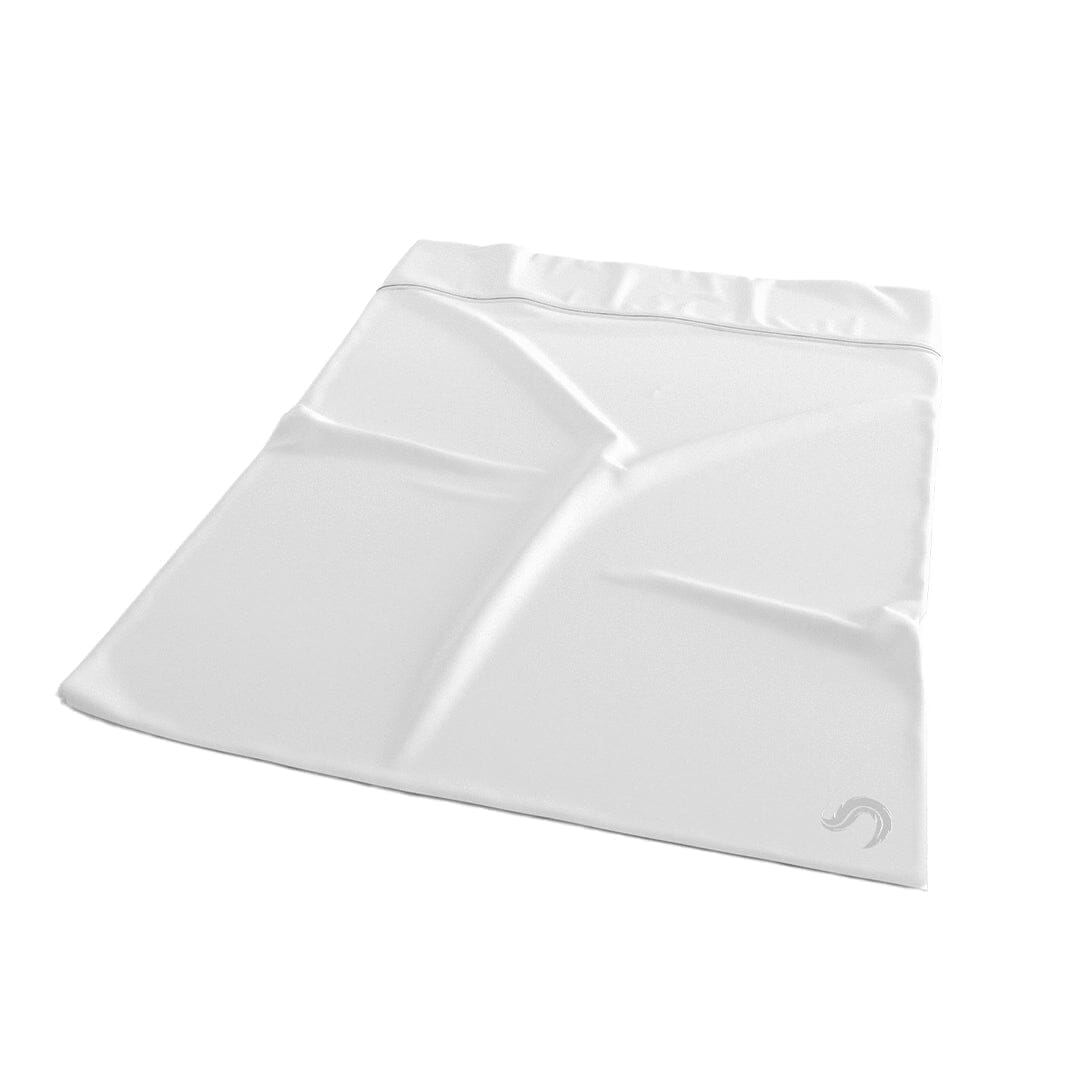
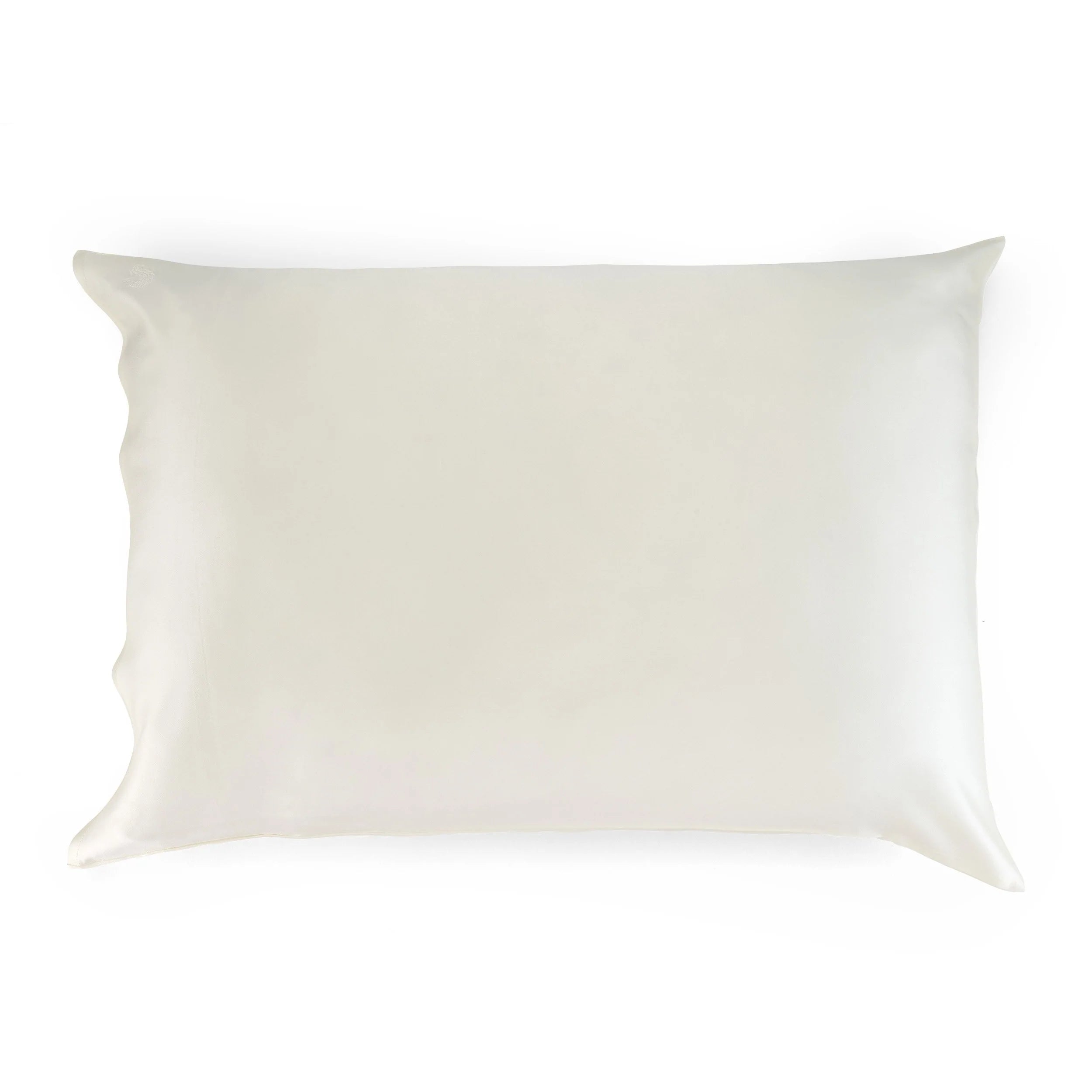
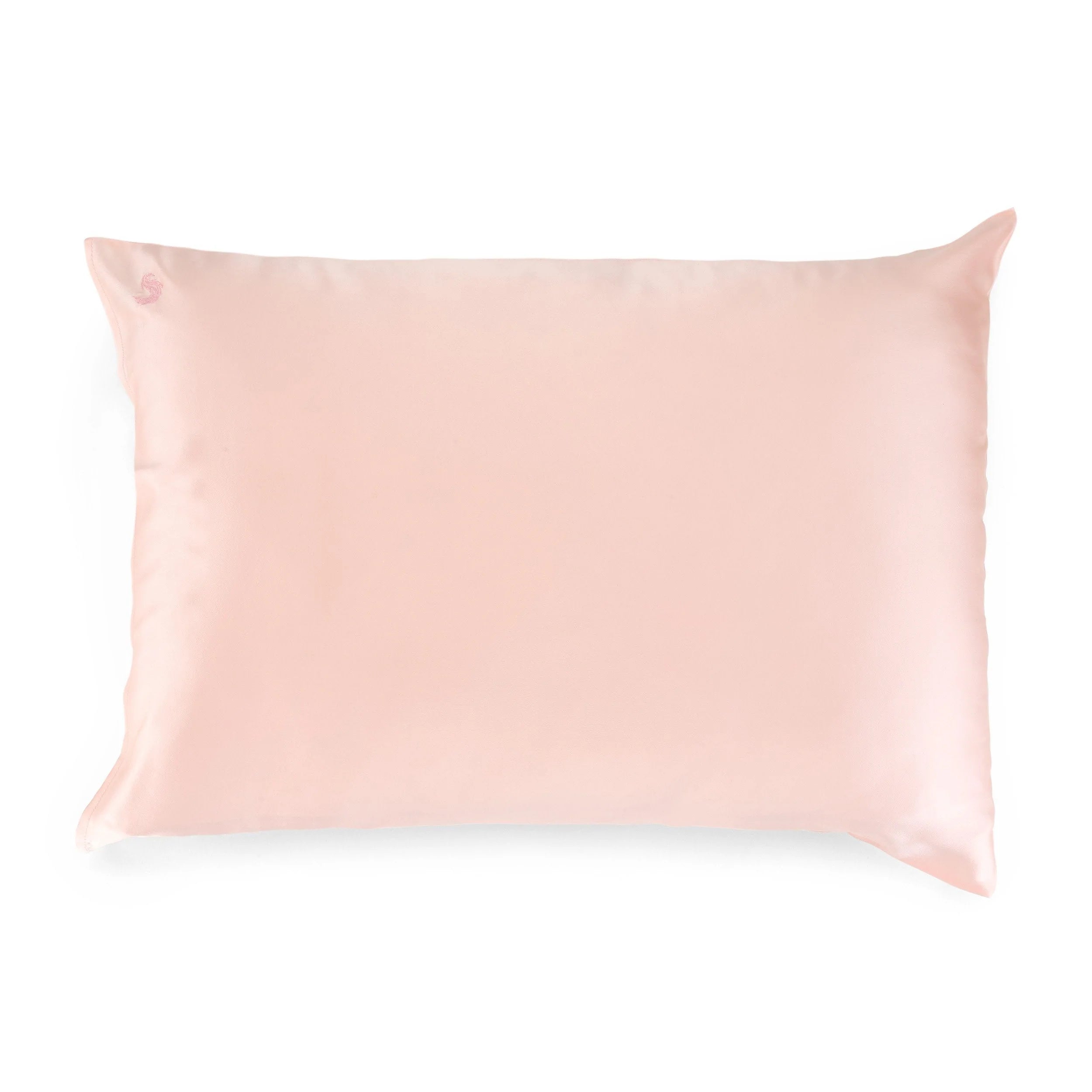
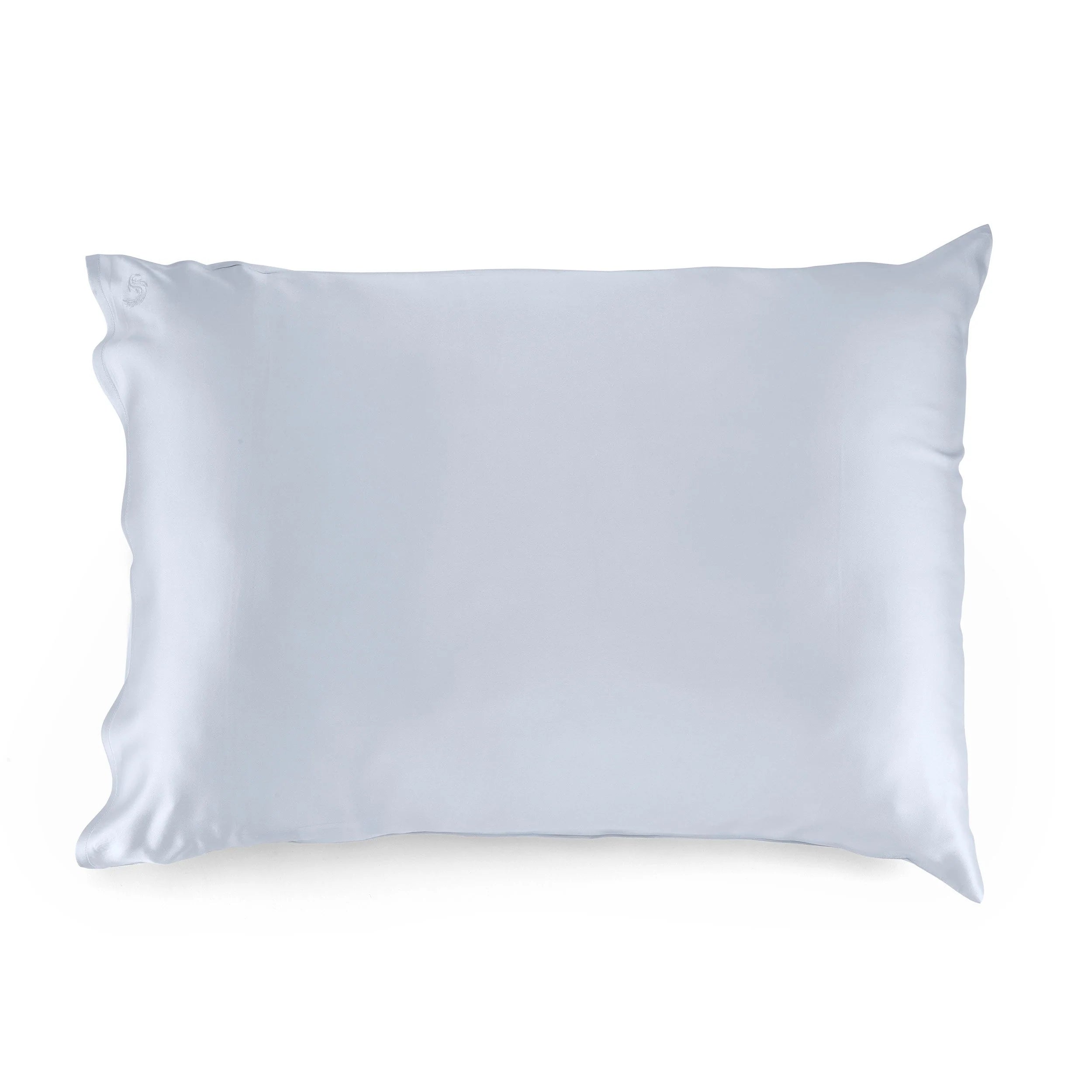
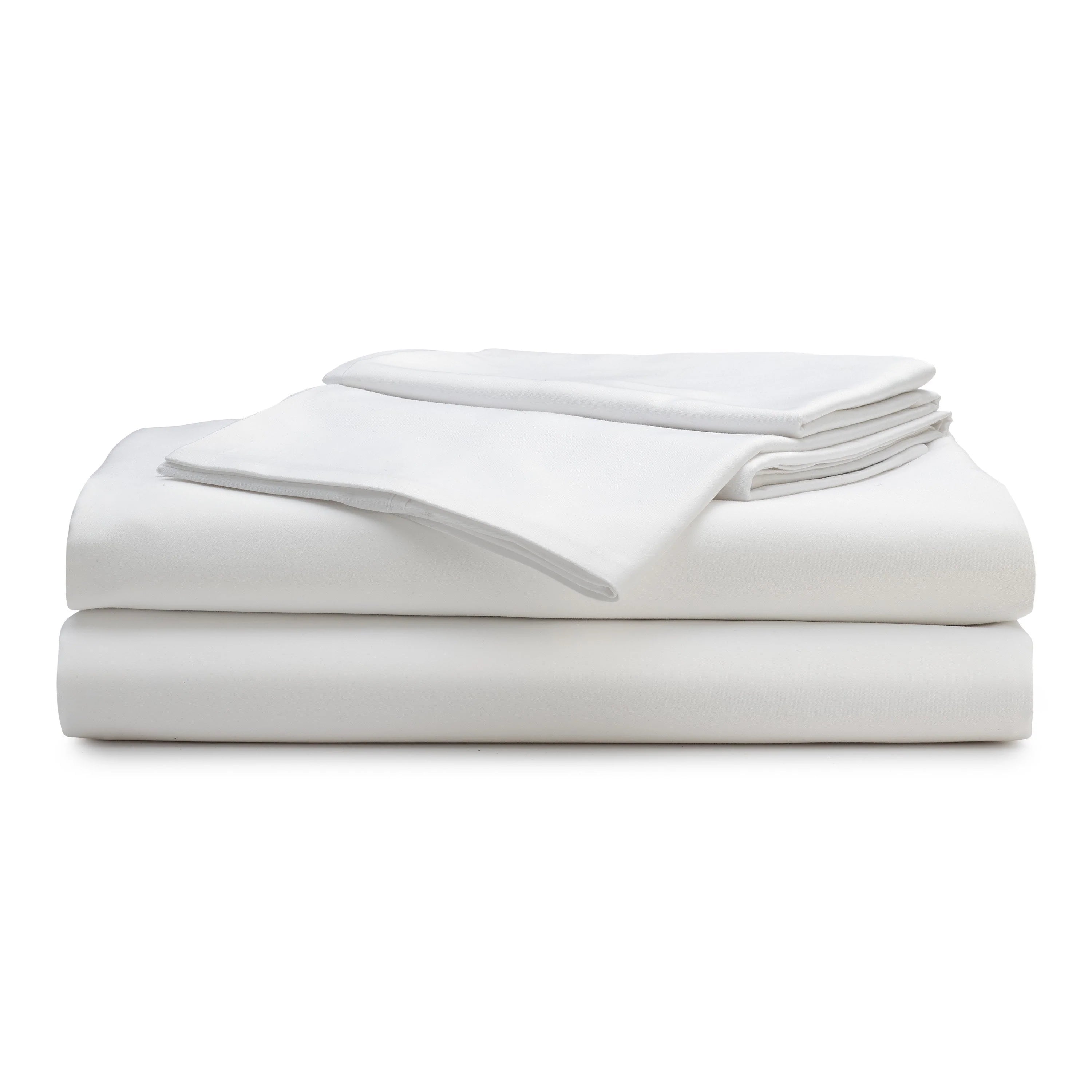
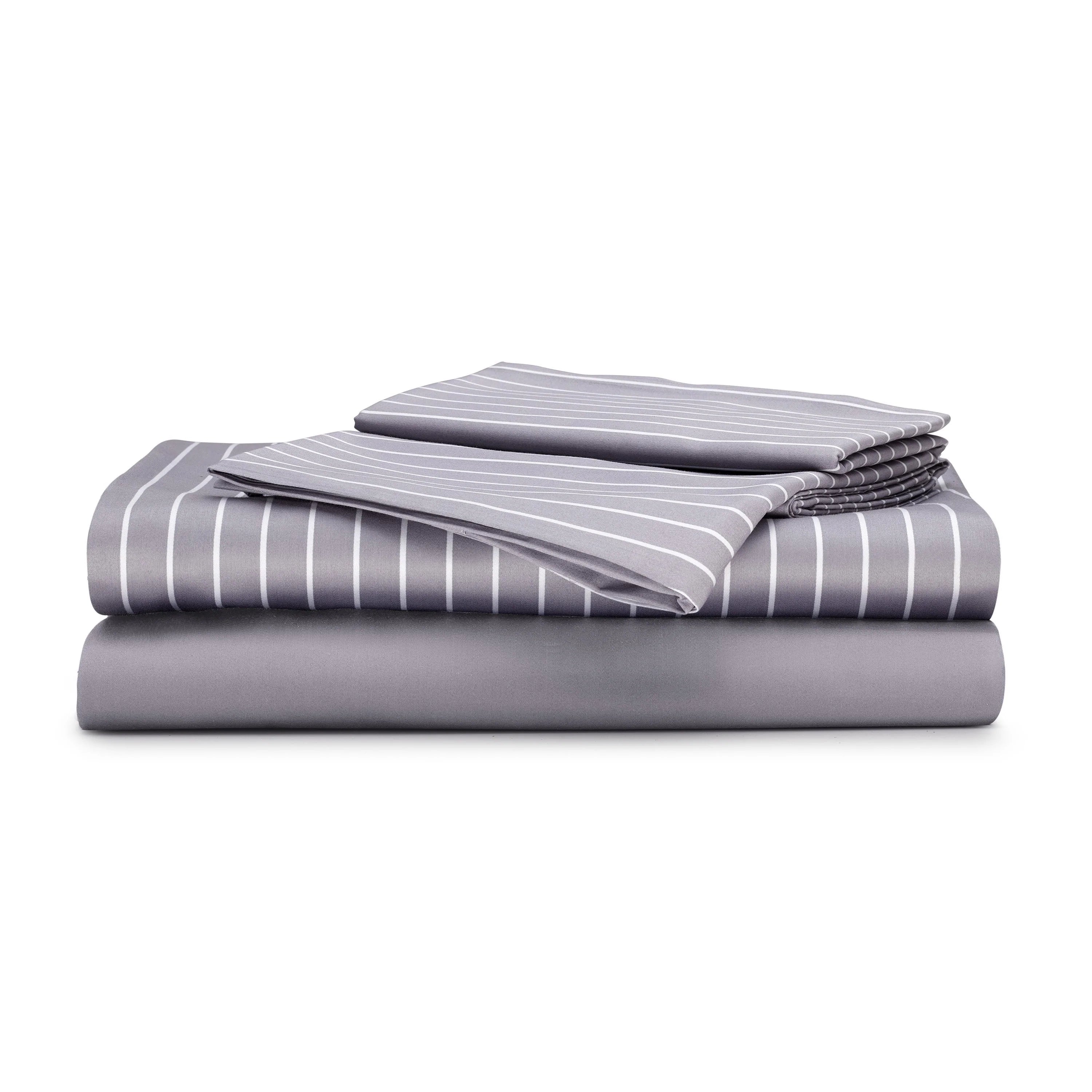
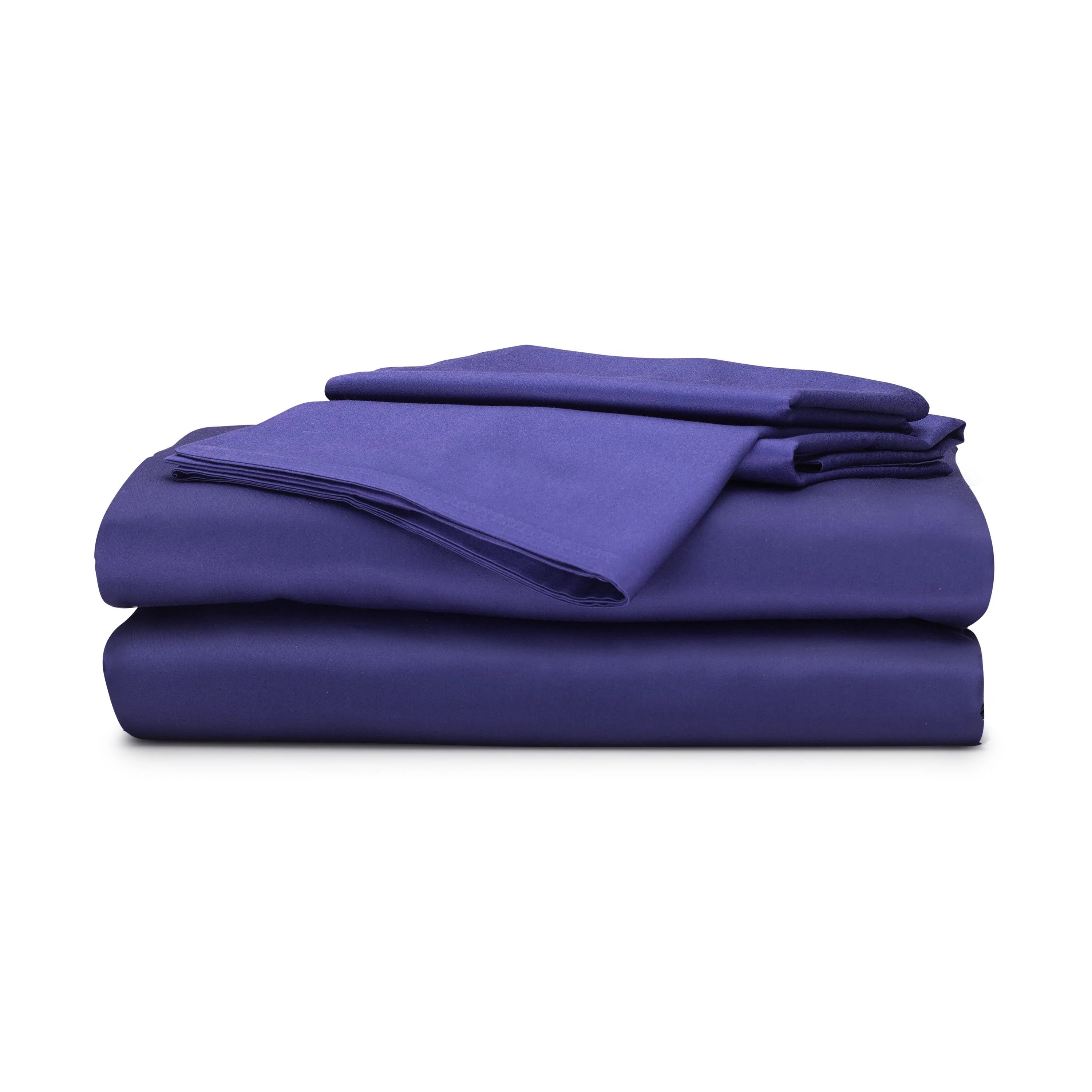
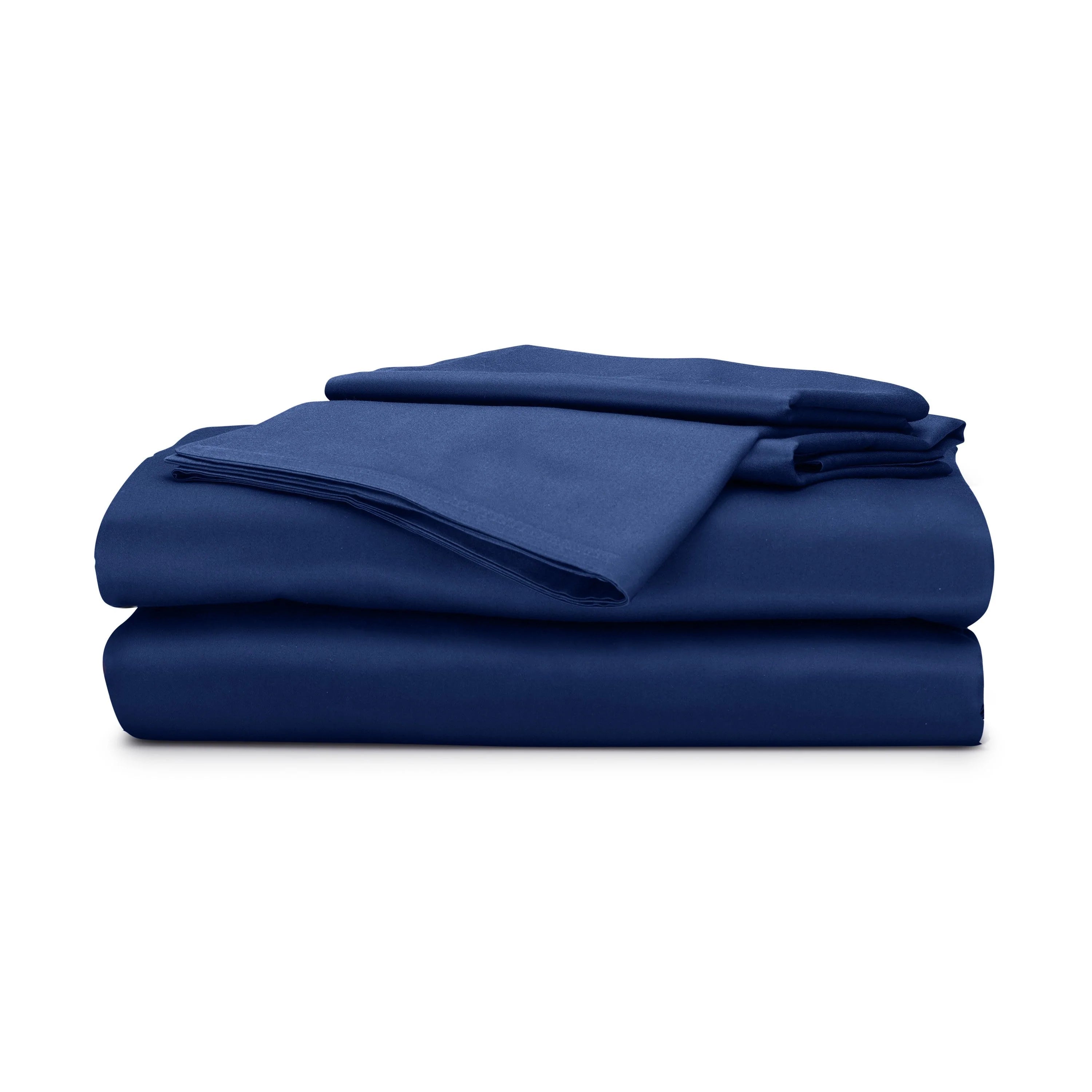
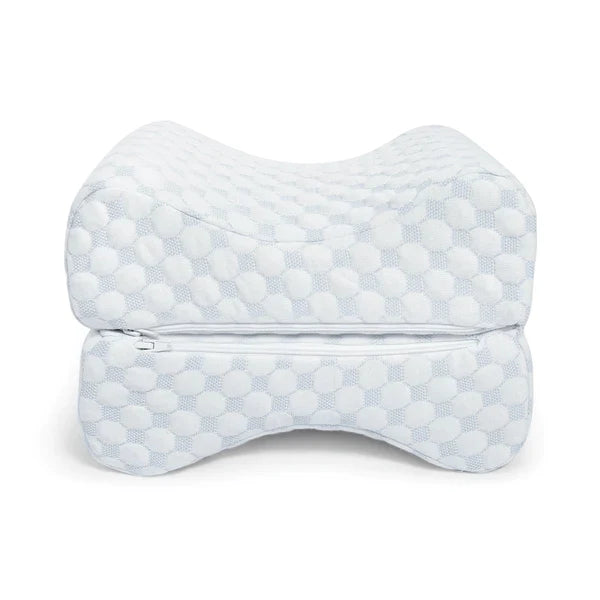
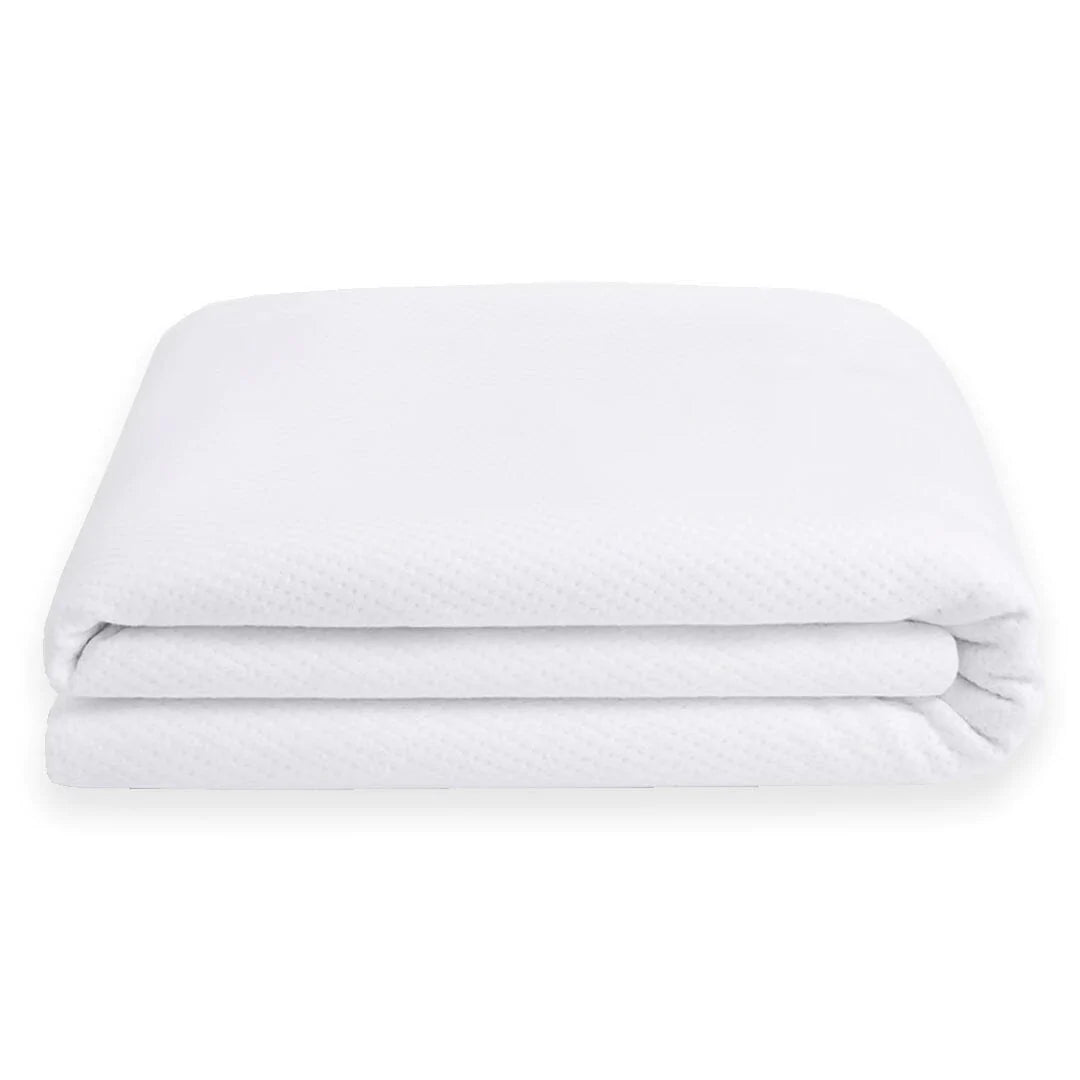
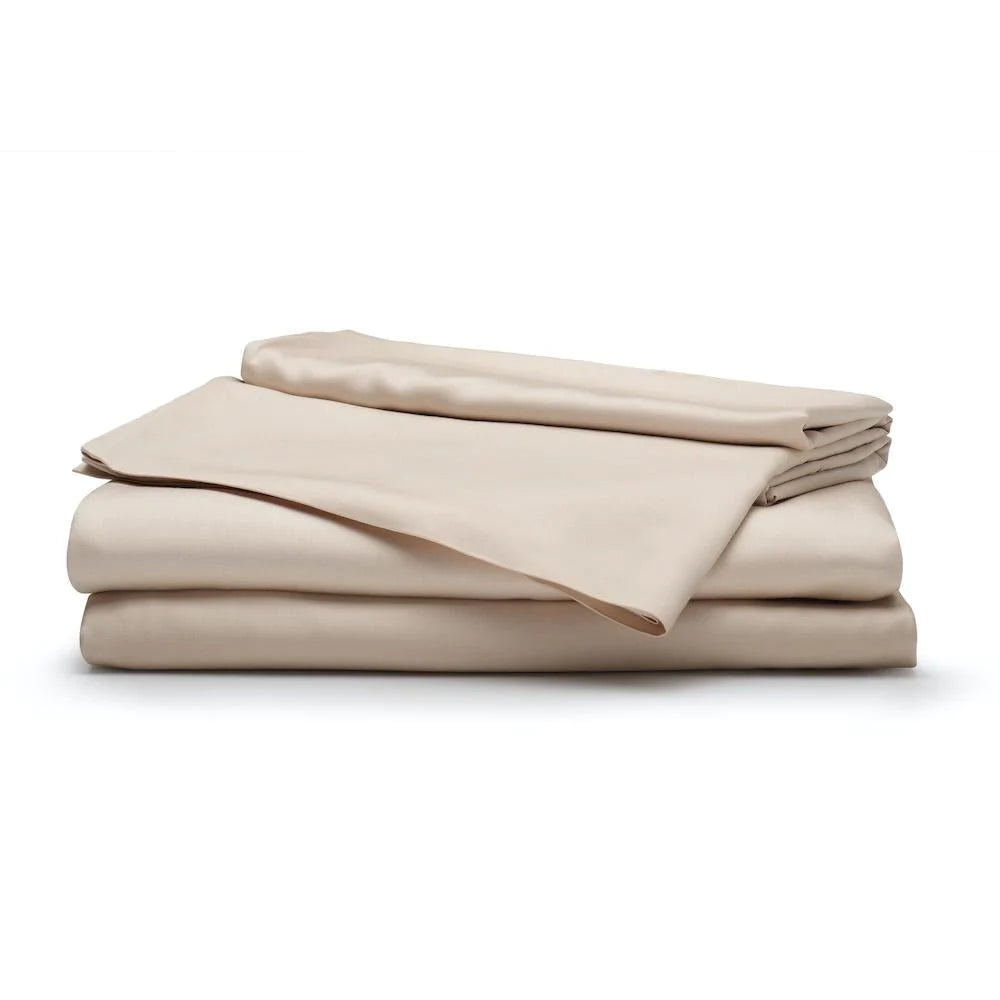
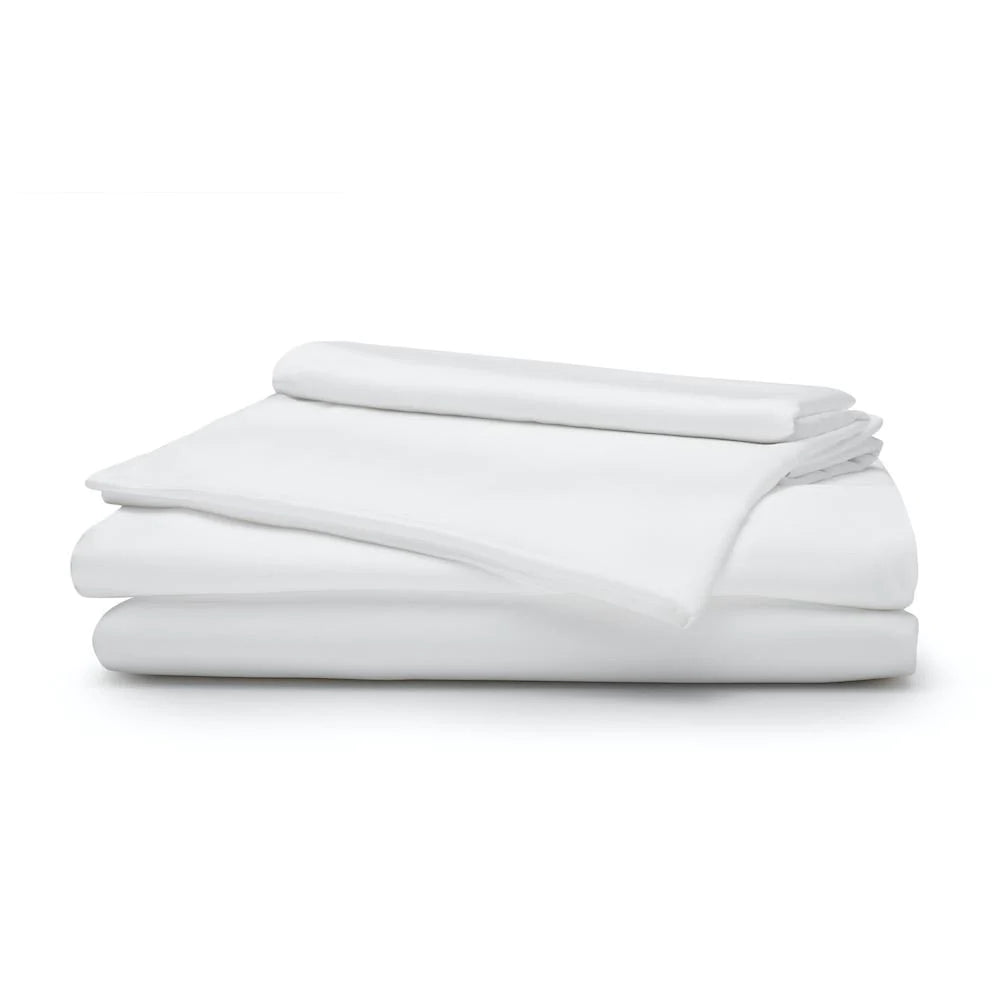
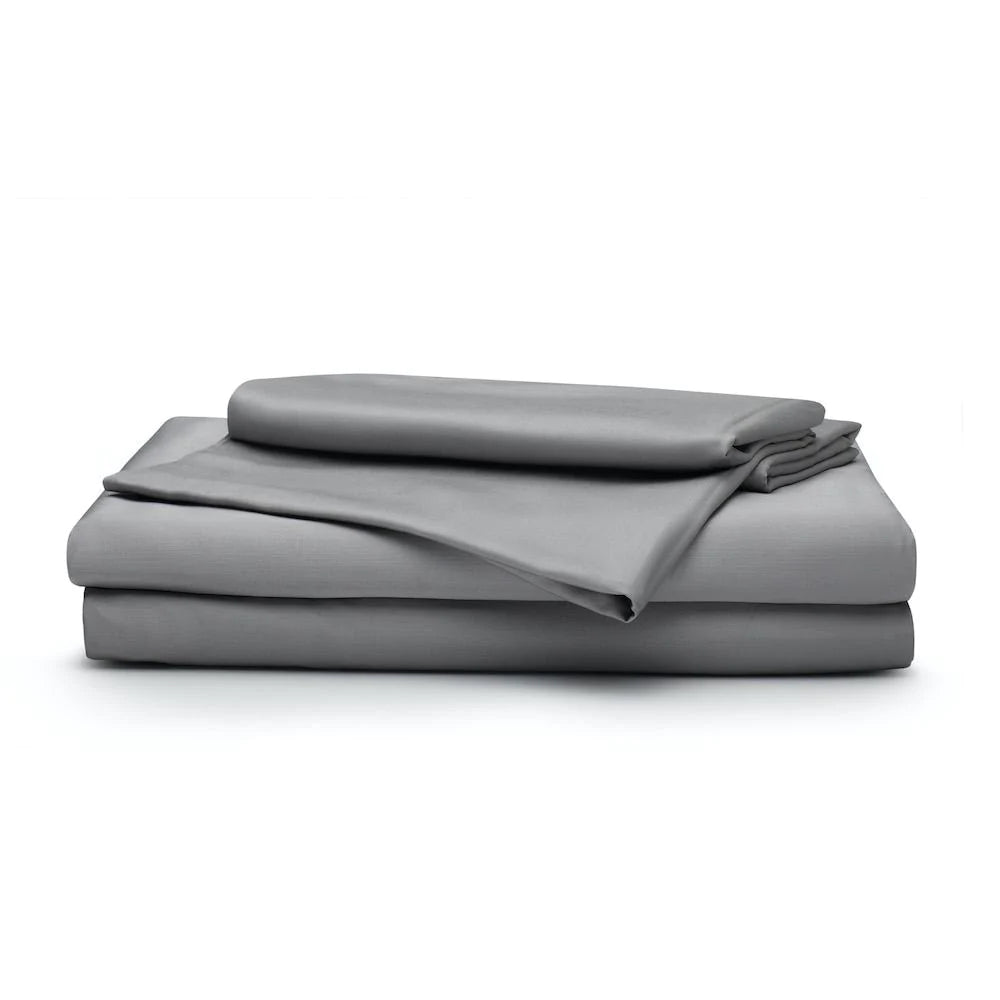

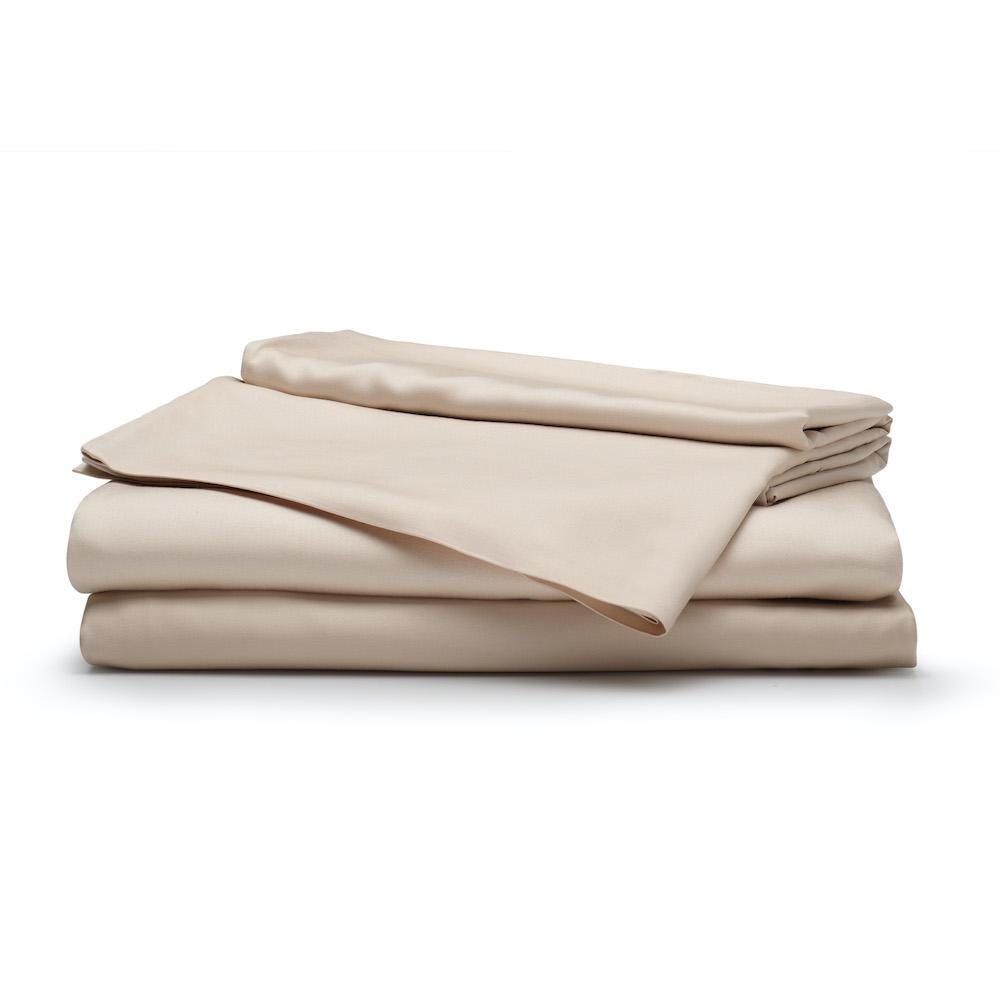
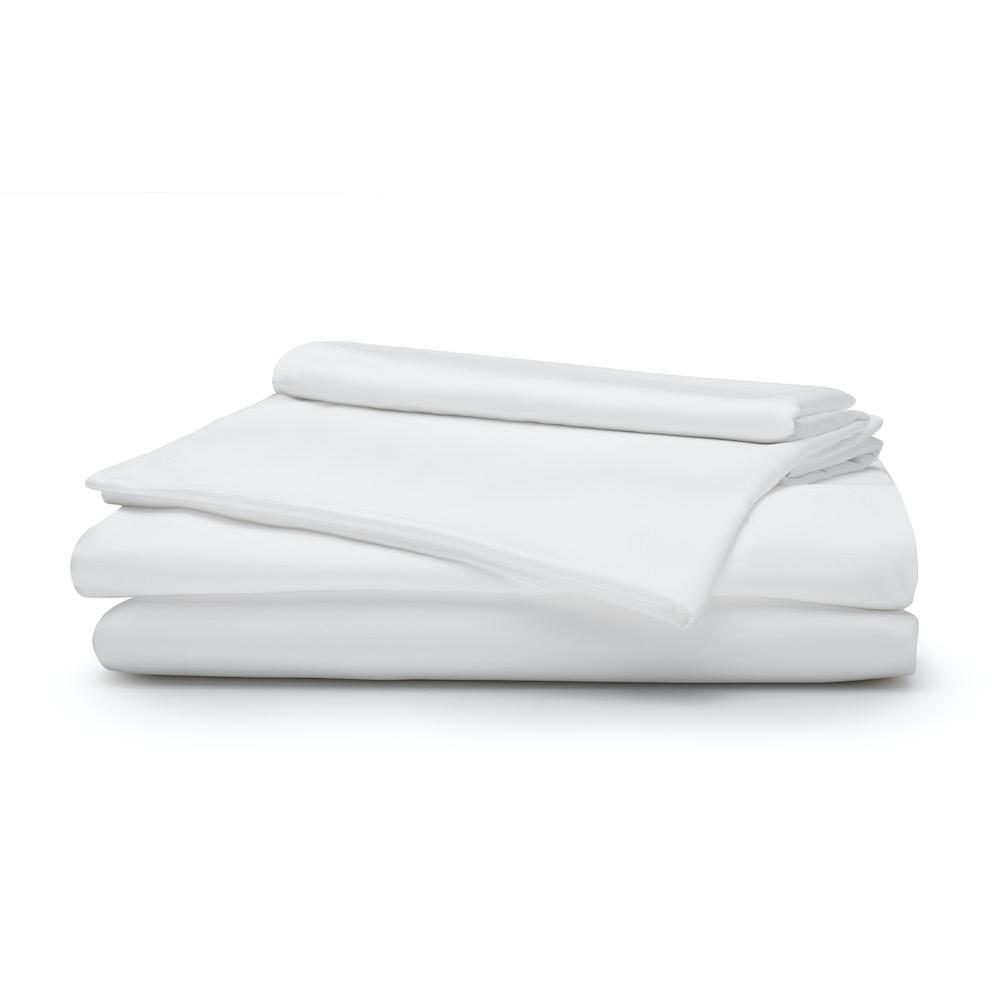
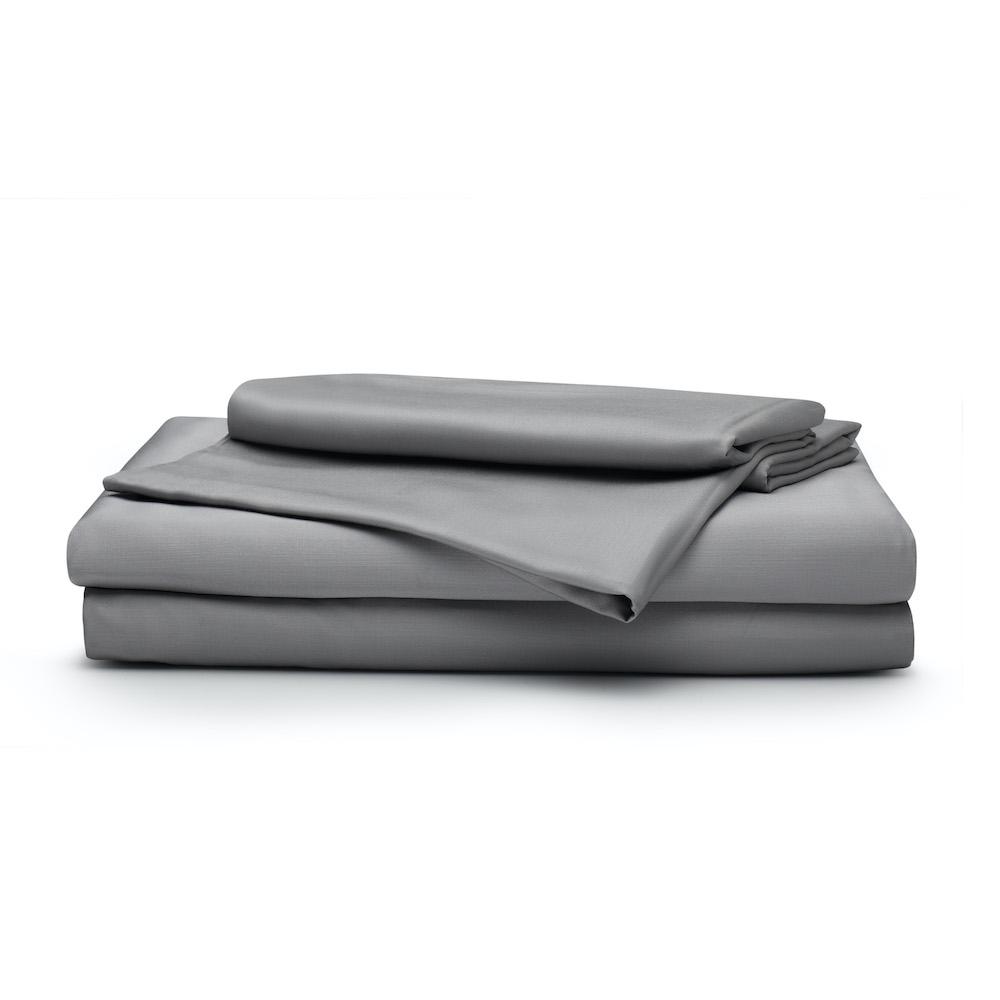
 9 reviews
9 reviews